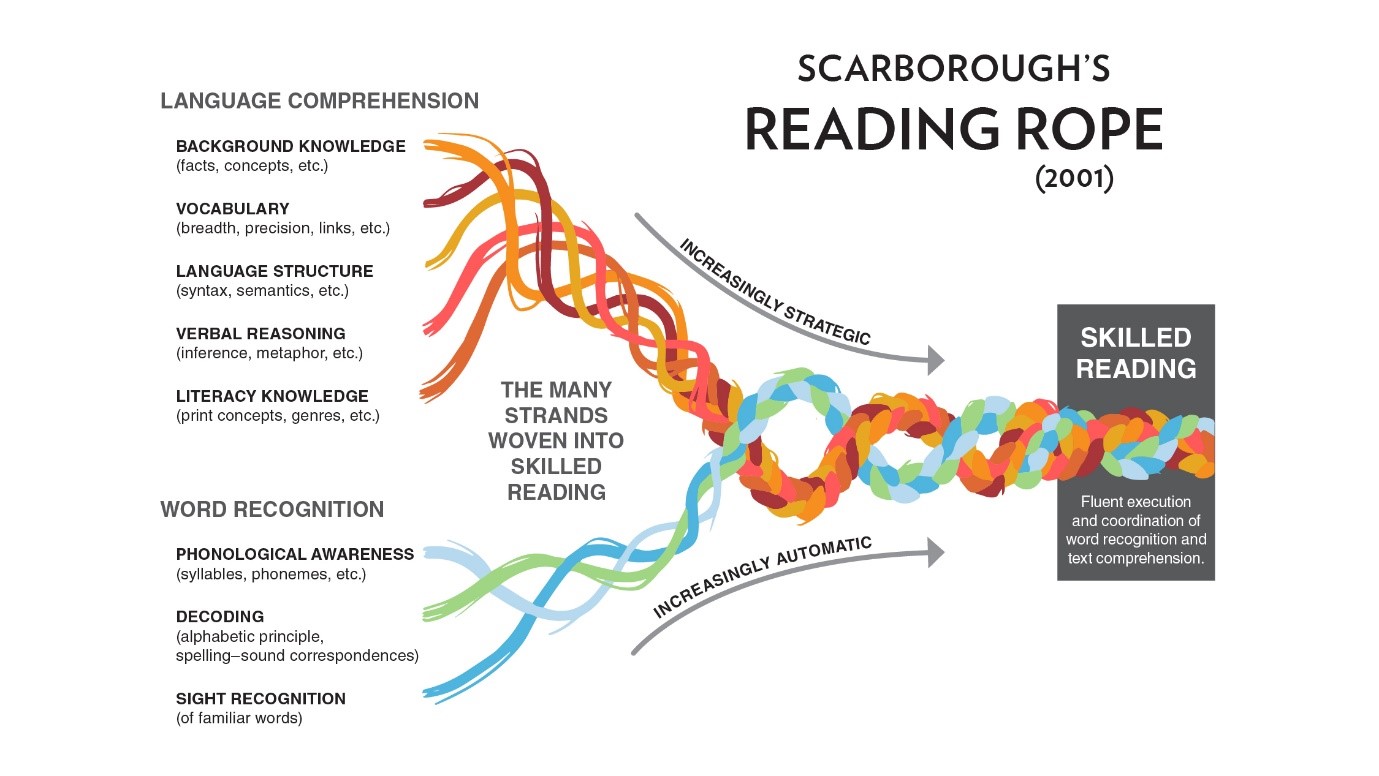3 June 2021

WoW – uniform CPD Focus – Embedding Reading Warriors
Using Reading Ages to Inform Teaching
|
READING |
WRITING |
ORACY |
|
|
|
THIS WEEK
- T&L Update Dashboard – Summer 1. Attached to this TLD. The first two slides are a summary. The remaining slides contain feedback from staff, students and parents in more detail (but key findings are summarised on slides 1 and 2).
- Reading Ages: these have now been sent home. Remember the strategies (here) within your planning and lessons. They are of relevance to all subjects.
- CPD Focus – continued and crucial focus on embedding explicit reading strategies. Some teachers still admit to NOT making reading a focus. Reading ages (available on Classcharts) need to be a point of reference when planning lessons. Continue to use Reading Warriors (resources are saved here) and the Reading Quick Wins approaches (here) where possible.
- Study Groups – The feedback proforma is due in by the end of June to RLO (template here).
- REMINDER: Setting work – please ensure that work is uploaded, as per department approach (i.e. Class Materials or Assignments), for every lesson so that isolating students can complete.
REFLECT
Feedback - Plan - Teach
Link to this term’s CPD focus – Embedding Reading Warriors, developing voice confidence
Key Priorities
- Embedding Reading Warriors when appropriate (but making explicit the skills of clarification, questioning, prediction and summaring).
- Giving students to opportunity to use their voices within your lessons (whether reading their work or from a text)
- Promoting wider reading within your subjects and reading for pleasure
Walking around school last half-term provided tangible evidence of reading skills being taught more explicitly in some subject areas. This tallies with staff and student voice; 71% of staff said that they had used the Reading Warriors approach and students refer to vocabulary instruction as a common part of their learning.
Clearly, reading must remain front and centre of what we do in our classrooms – for all of us. There is no room to take our foot off the gas now. Consider Scarborough’s Reading Rope below:

Jennifer Padget suggests that ‘learning to read is very similar to an orchestra successfully playing a music composition. Just as each instrument has a part to play in a song, reading also has its own set of tools that need to play together in harmony.’
Put simply, ‘The Reading Rope consists of lower and upper strands. The word-recognition strands (phonological awareness, decoding, and sight recognition of familiar words) work together as the reader becomes accurate, fluent, and increasingly automatic with repetition and practice. Concurrently, the language-comprehension strands (background knowledge, vocabulary, language structures, verbal reasoning, and literacy knowledge) reinforce one another and then weave together with the word-recognition strands to produce a skilled reader. This does not happen overnight; it requires instruction and practice over time.’
It is the final sentence of the explanation, above, that highlights the need for us all to practice and embed the strategies that we have put in place. So, once more this half-term, spend time planning ‘taught’ reading opportunities into your lessons. Reading Warriors (reciprocal reading is proven to have an impact. If we all do it, day in-day out, then it stands a chance.
Remember to continue to reward ‘Excellent Reading’ through ClassCharts. There has been a significant increase in points awarded over the course of the last term.
Useful references:
https://brainspring.com/ortongillinghamweekly/harmony-scarboroughs-reading-rope/
Teaching and Learning Policy (containing blended learning approach)
WLD planning template (updated January 2021)
TOP TIPS
Remember that you have all shared resources in WLD Teachers – CPD – 2020/21 – Reading Warriors
(here)
As well as Reading Warriors, try incorporating reading ages into your planning. Follow these steps:
- Look at the reading ages of students in a class.
- What are you teaching them this week? Where are the reading opportunities built in?
- Which texts are you going to use (article, section from a book, textbook, script, etc)?
- Copy and paste a section of the book into a SMOG readability calculator. Try this one.
- What does it show?
- Are you going to need to scaffold your teaching to allow students to access the text?
- Do you need to select an easier or more challenging text?
- How will you pre-teach difficult vocabulary?
- Evaluate the lesson. Did students engage more or less? Do you have any reasons for this?
CPD CASCADE
The National College
Please contact RLO if you have forgotten your login.
ACEs training - PHO (emailed information 7th April)
https://thenationalcollege.co.uk/hub/view/webinar/adverse-childhood-experiences
Mental Health Training – Free - PHO
- It's FREE
- Open to anyone
- Do it when you want, you just need to register for a dated cohort.
https://www.place2be.org.uk/foundation
Combat Reading
Gwynne Ash and Melanie Kuhn: Fluency Instruction: Research-Based Best Practices.
Feedback - Plan - Teach
Posted by Rachel Long
Category: Teaching and Learning Digests
